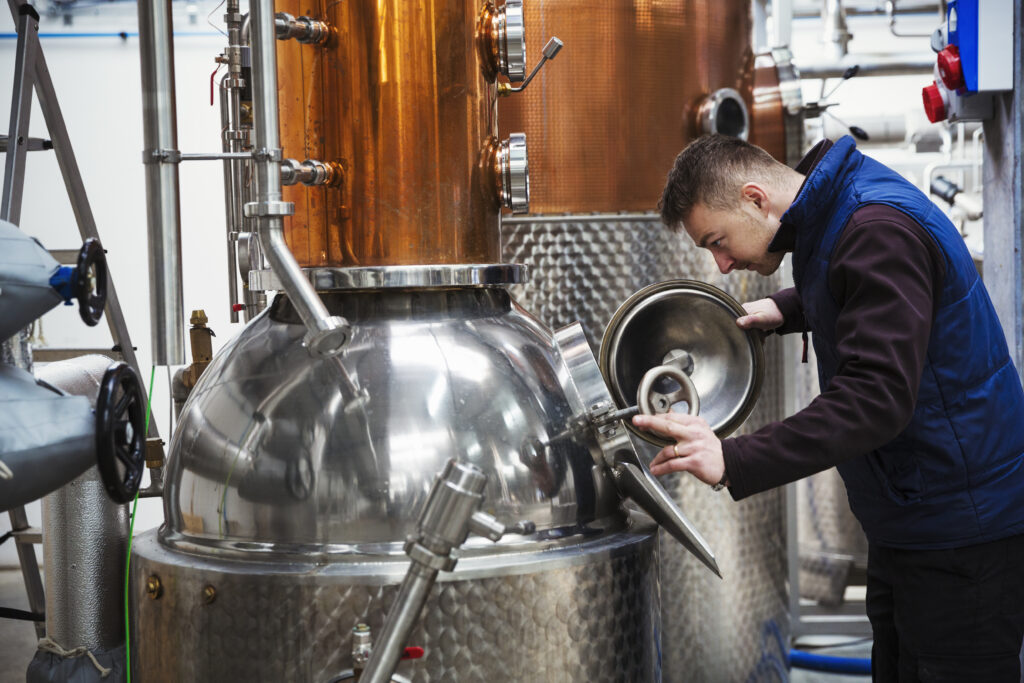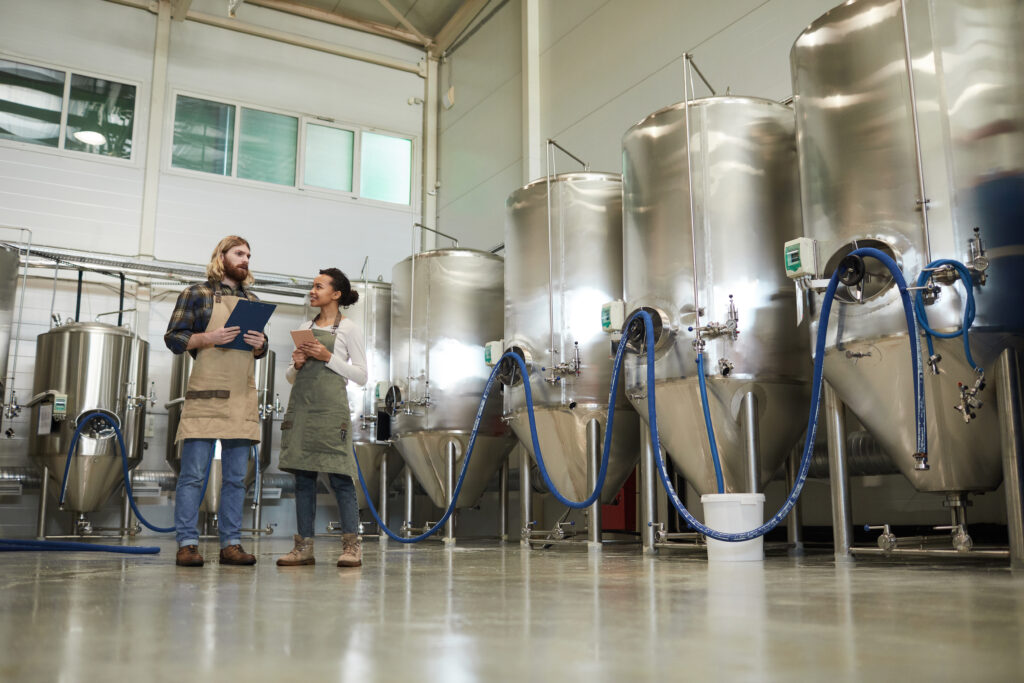Water is essential across nearly every process in the food and beverage industry, from cleaning and cooling machinery to becoming an actual ingredient in the end products. Given this vast usage, food and beverage facilities face mounting pressure to meet high water quality standards for consumer safety and environmental sustainability. These standards are set not only to ensure safe production but also to align with stricter regulations and consumers’ rising expectations for sustainable practices.

One key solution? Tertiary water treatment — an advanced step that purifies water for safe reuse or discharge. Within this stage, reverse osmosis (RO) membranes act as a polishing filter, removing residual contaminants that earlier treatments may have missed. This filtration is vital, especially when treated water is intended for reuse within the plant, to meet specific water quality limits essential to maintain equipment performance and reduce the facility’s environmental footprint.
The Role of Tertiary Water in the Food and Beverage Industry
In the food and beverage industry, “tertiary water” refers to water that has gone through primary and secondary treatment and is further processed to meet high standards for specific uses. Below are two primary ways tertiary-treated water is utilized within food and beverage facilities:
- Process Water:
Process water supports various production needs, like cleaning machinery and cooling. However, contaminants like organic matter, salts, and microorganisms can build up, impacting product quality and equipment efficiency. Tertiary treatment with RO removes these contaminants, ensuring that the water quality meets the necessary standards and reduces the need for frequent maintenance.
- Wastewater for Reuse:
Treated water can be recycled for non-potable purposes, cutting down on the plant’s total water intake. RO-treated water allows safe discharge into the environment, helping facilities stay compliant with regulations and minimize their water footprint. Additionaly, by reusing RO-treated water in different production areas, plants can reduce fresh water use for everything except essential ingredient water. This strategy significantly reduces the facility’s environmental impact and helps conserve resources.
To unlock the reuse potential in food and beverage processing, RO technology plays a key role in tertiary water treatment, ensuring safe and high-quality recycled water.
Advanced RO Membranes: Enabling Water Reuse in Food & Beverage
The RO process is especially valuable in the food and beverage industry, where even minor impurities can lead to equipment issues or product quality concerns. RO is particularly effective in the tertiary stage as it “polishes” the water, making it suitable for reuse or compliant discharge.

Benefits of RO in Tertiary Treatment
High Purity Water for Reuse: RO technology ensures that reused water reaches high purity standards, allowing it to be repurposed safely within the plant. It removes contaminants down to the microscopic level, giving producers confidence in the water’s quality.
Compliance and Sustainability: As regulations tighten around water quality for discharge and reuse, RO systems help facilities comply with environmental standards. By recycling and reusing water, food and beverage plants can contribute to a more sustainable future, reflecting positively on their brand and reducing their operational water demand.
Challenges and Considerations with RO Membranes
While RO membranes offer various benefits, they do come with challenges that need consideration for optimized use in food and beverage plants:
Membrane Fouling and Maintenance
Fouling can occur when particles and impurities build up on the membrane, reducing its effectiveness and lifespan. To prevent this, pre-treatment steps are crucial. Advanced RO membranes, like ZwitterCo RO, can also reduce fouling rates and extend the operational life of RO systems. These advanced membranes are designed to handle tougher contaminants, helping facilities cut down on maintenance costs and operational interruptions.
Cost and Efficiency
Though initially more costly than some filtration options, advanced RO membranes present a cost-effective solution over time. These systems require less frequent maintenance and have lower operational costs, offering facilities an efficient path to high-quality, reusable water with fewer resources spent on upkeep.
For the food and beverage industry, the shift toward water sustainability is both a regulatory requirement and a practical step for long-term resource management. By incorporating advanced RO technology in tertiary water treatment, facilities can ensure high-quality water that is safe for reuse, reducing their water footprint and supporting their sustainability goals.
As regulations evolve and water resources become scarcer, adopting RO technology for tertiary treatment offers a path to efficiency, compliance, and enhanced environmental stewardship. For food and beverage producers, now is the time to explore the benefits of advanced RO membranes in building a resilient, sustainable approach to water management.

